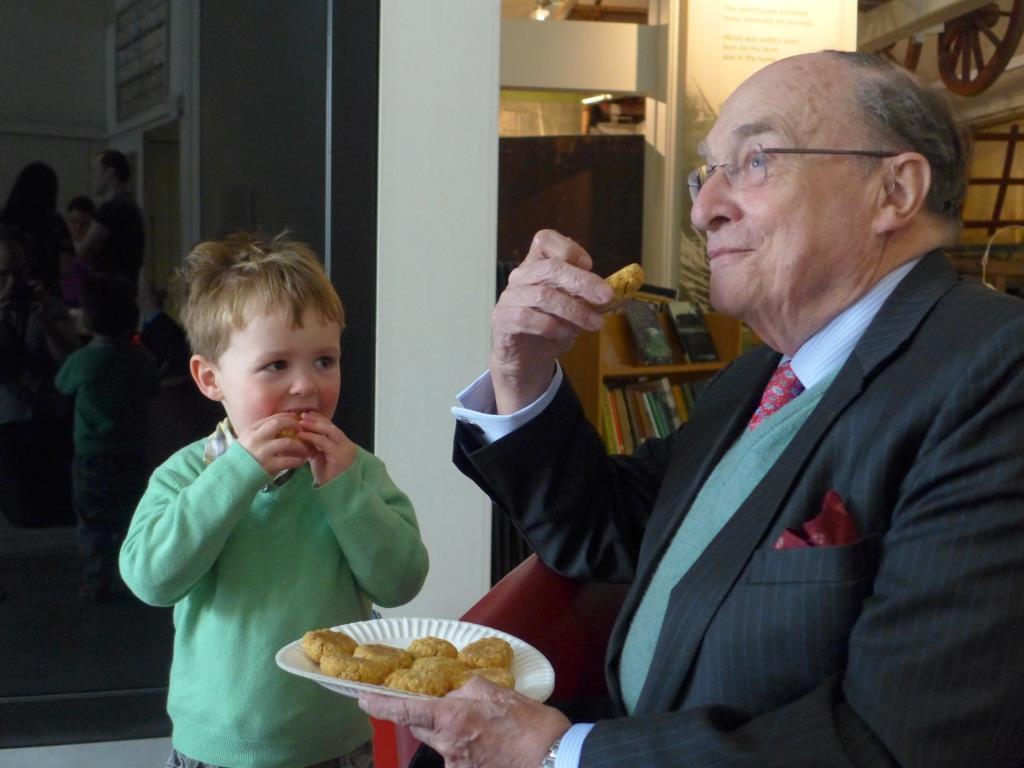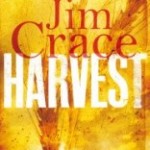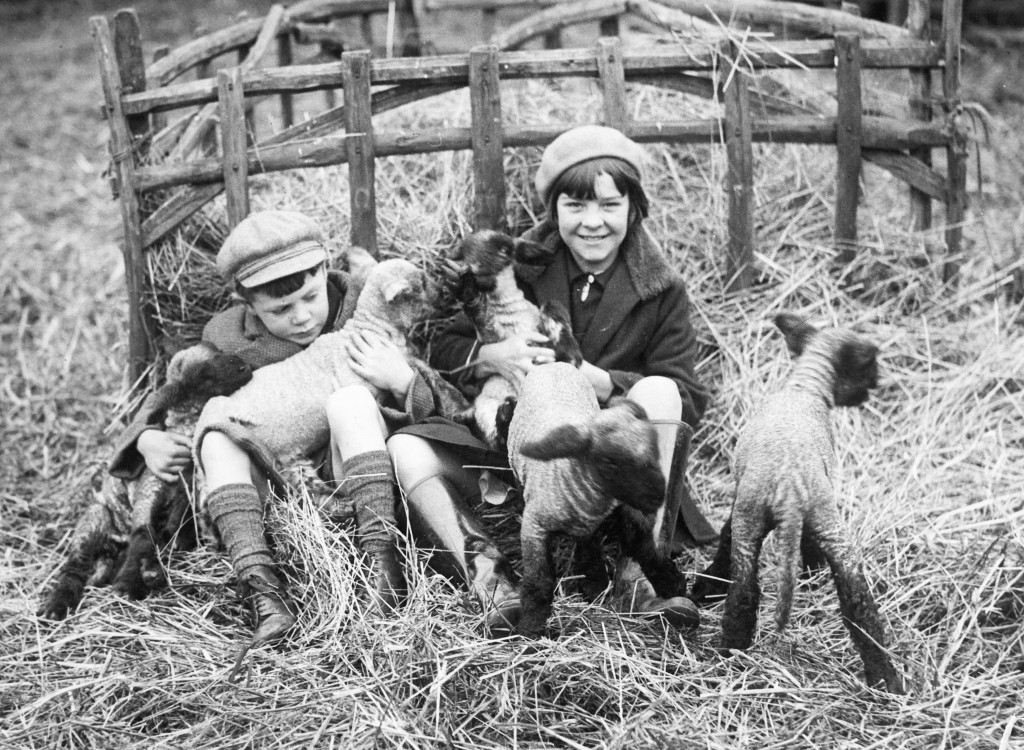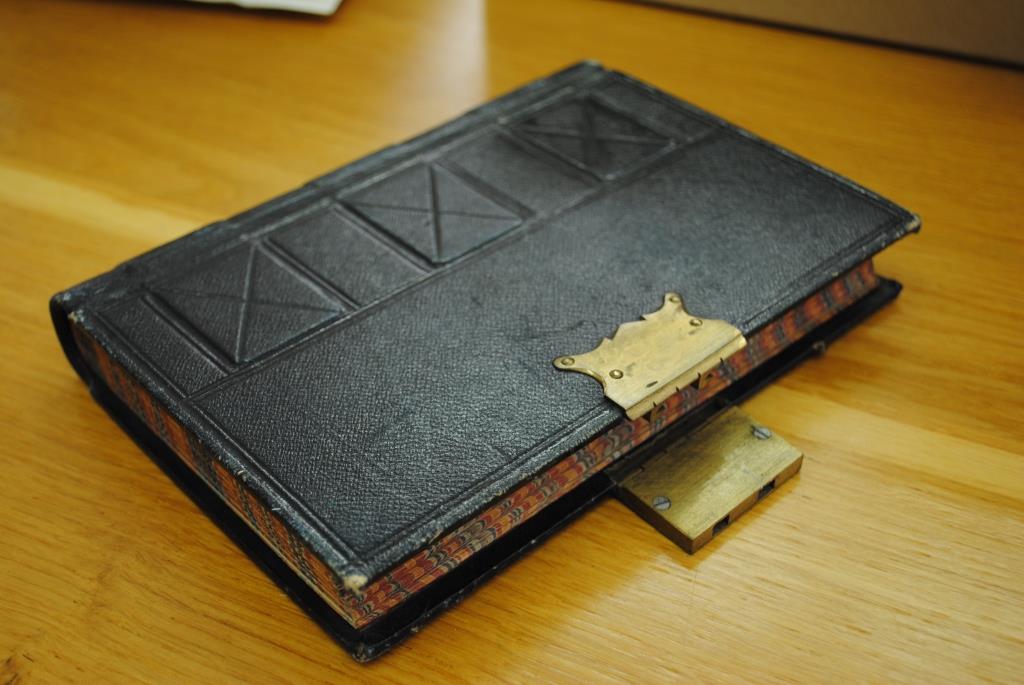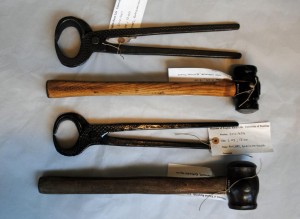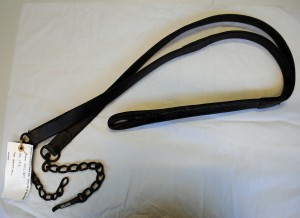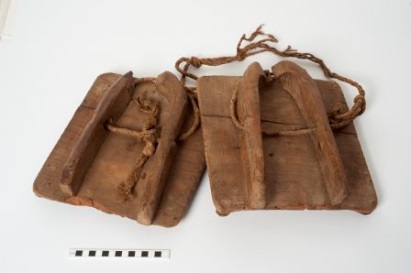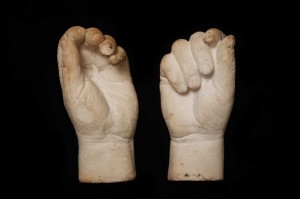Written by Adam Koszary, Project Officer.
England is ale, and ale is England.
It is an old adage, and people grasping at a description of ‘English culture’ very often reach for the low-hanging fruit of ale, pubs and Morris dancing (when they’re not already listing smocks, village greens and other aspects of the rural idyll).
‘Mmm . . . English culture. Well . . .’ he paused, rocking on his heels, a great dolmen of a man. ‘In about 1981 I had to give a lecture at the embassy in Tokyo on the subject of English culture.’
‘Oh really.’ I was underwhelmed. ‘And what did you have to say about it?’
‘Funny thing is I can’t remember . . . Shall we go and get a pint?’
Conversation between Will Self and Peter Self.
Drinking, however, is something that crosses boundaries of geography, class and background. Ale has dominated our drinking culture for centuries, and has its roots in our agricultural past and climate. We could never properly cultivate vineyards for wine, but our capacity for growing cereal crops meant we had a ready supply of grain for our earliest beers. It’s no surprise that when a culture learns how to cultivate crops, it very soon discovers how to make beer, and with grain, hops, yeast and water on our doorstep rural communities took full advantage. This, however, is not to say that it was a purely rural pastime, as brewing also benefited from the urban market and the mass-production of beer its denser populations made possible.

Photograph of a man cutting down hop vines with a scythe on Bradstock’s Farm, Hertfordshire. (P SHA A PH2/2/45)
The Museum holds many objects which we can use to explore brewing, such as a whole range of hop farming equipment – my favourite is the hop stilts, which were used to maintain and string hops on their high poles (although tractors and cranes are more popular now, as in the image above). We also have parts of an early twentieth century home-brewing kit from Suffolk. Home-brewing was very popular among rural communities even up until the First World War. The beginning of the end of this period of traditional home-brewing was an 1887 amendment to Gladstone’s 1880 Act which ended the inclusion of free beer as part of a farm worker’s salary, which discouraged farmhouse brewing. Yet the practice has seen a modern resurgence, and rather than being a rural phenomenon you are now more likely to find home-brewers in city-centre flats. The fact that my friend can brew beer in his own basement is testament to how simple brewing can be with new technology (for an idea of the process, check out these blogs). Real ale’s wider popularity, though, is down to the new and exciting beers North American micro-breweries have been experimenting with, CAMRA‘s relentless campaign, but also real ale’s new-found popularity with young drinkers (which may have something to do with its price relative to lager).
 Reading also has a proud brewing history. The most famous Reading brewery was H & G Simonds, founded in 1785 on Broad Street, and which was taken over by Courage in 1960. Large-scale brewing in Reading ended when this Brewery was closed in 2010, but that does not mean that Reading isn’t also benefiting from the real ale resurgence. Loddon’s Brewery sits just outside Caversham, Binghams Brewery is nearby in Ruscombe, West Berkshire Brewery is only in Yattendon and Two Cocks Brewery (of Grand Designs fame) are just down the road on the outskirts of Newbury. There are also numerous microbreweries in and around town, such as Sherfield Brewery, who recently worked with the University of Reading Real Ale Society to brew their own beer Extra Curricular (which I tried a pint of in the Greyfriar – it was delicious). All of these breweries are fairly small, but if anything they reflect the type of brewing equipment in our collection: small-scale, but used with skill and passion in a brewing tradition which stretches back centuries.
Reading also has a proud brewing history. The most famous Reading brewery was H & G Simonds, founded in 1785 on Broad Street, and which was taken over by Courage in 1960. Large-scale brewing in Reading ended when this Brewery was closed in 2010, but that does not mean that Reading isn’t also benefiting from the real ale resurgence. Loddon’s Brewery sits just outside Caversham, Binghams Brewery is nearby in Ruscombe, West Berkshire Brewery is only in Yattendon and Two Cocks Brewery (of Grand Designs fame) are just down the road on the outskirts of Newbury. There are also numerous microbreweries in and around town, such as Sherfield Brewery, who recently worked with the University of Reading Real Ale Society to brew their own beer Extra Curricular (which I tried a pint of in the Greyfriar – it was delicious). All of these breweries are fairly small, but if anything they reflect the type of brewing equipment in our collection: small-scale, but used with skill and passion in a brewing tradition which stretches back centuries.
Of course, talking about brewing and brewery objects is all very well, but if you would like to taste the end-product of all this brewing then head down to the 20th Reading Beer & Cider festival. It’s taking place in Kings Meadow on the Bank Holiday weekend (1st-4th May), and is one of the largest of its kind in England.
We will also be selling a selection of local beers, including from the West Berkshire Brewery and Binghams Brewery, (and cider from Tutts Clump), in the beer tent at our own Village Fete on May 31st. If we’re lucky, there’ll also be a special batch of the aforementioned ‘Extra Curricular’. You will also be able to find out more about brewing on the Brewery History Society’s stand. However, if you cannot wait until then and would like to see any of our objects relating to brewing, then please get in touch!
The Museum of English Rural Life recommends responsible drinking.









